Packaging is transforming into a strategic weapon to help businesses tell stories, create experiences and reposition brands.
AI (artificial intelligence) and AR (augmented reality) technologies are ushering in a quiet but profound revolution.
Not just beautiful, packaging needs to tell a story
According to Dr. Tran Anh Tuan, R&D expert, CEO of Meslab Dong-Han, modern consumers, especially Gen Y and Gen Z, are increasingly interested in experiences, not just products.
They want to understand the story behind the product, its provenance, its environmental message and personalization.
Dr. Tran Anh Tuan, R&D construction and operation expert, Meslab Dong-Han CEO. Photo: TU.
“Packaging is no longer an accessory. It is the first point of contact between customers and the brand,” Dr. Tuan shared.
In that context, technology is an important tool to upgrade the role of packaging from a container to a communication medium.
A prime example is the wine brand 19 Crimes, which has an AR app integrated into its bottle labels.
When users scan the code through the app, the character printed on the packaging can tell their life story. This feature not only creates a different experience, but also helps the brand increase sales by more than 60% and attract millions of app downloads.
Dr. Tuan commented that the new generation of consumers are willing to pay more for unexpected, experiential or reusable experiences.
When technology is vital
In a context of increasing costs of raw materials, energy and market competition, businesses are forced to cut waste while still creating new value.

A viable path is to strategically apply technology across the entire packaging value chain.
AI is being used to analyze user behavior, forecast seasonal demand, automate design, and create market-specific content.
At the same time, AR helps turn packaging into an interactive platform where consumers can connect, learn and experience products right through their phones.
Dr. Tuan said that integrating AI into the production line helps shorten design time, reduce costs, limit machine downtime and even pay back after just a few months of implementation.
In addition, technology also opens up the ability to personalize packaging according to each marketing campaign, region or target customer group.
According to him, the three core elements for successful digital packaging transformation include: First, customer-centric thinking; Second, applying technology to serve content, not replace content; Third, exploiting customer data to develop packaging that can tell stories, create interactions and stimulate sharing.
Modern packaging is no longer a cost, but a strategic investment. In a world where customers want to interact, feel and hear brands, packaging is the starting point of that journey.
And when properly connected with technology, packaging will not only protect the product but also protect the brand value in the long term.
Source: https://vietnamnet.vn/bao-bi-biet-ke-chuyen-vu-khi-chien-luoc-moi-cua-doanh-nghiep-thoi-ai-2417868.html




![[Photo] General Secretary To Lam chairs a working session with the Standing Committee of the Government Party Committee](https://vphoto.vietnam.vn/thumb/1200x675/vietnam/resource/IMAGE/2025/9/17/cf3d855fdc974fa9a45e80d380b0eb7c)







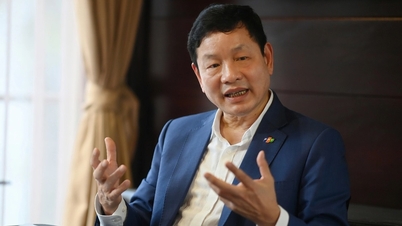

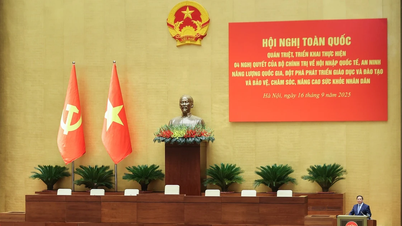









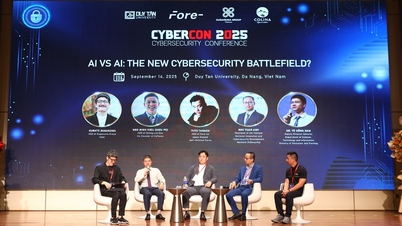







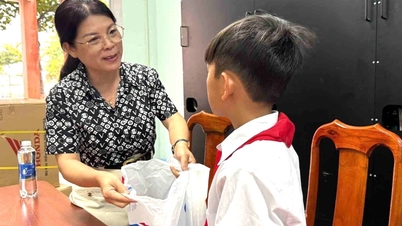







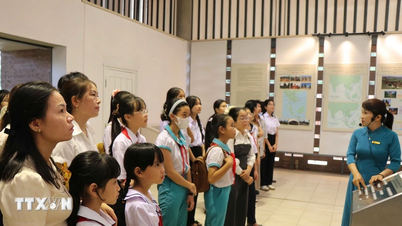






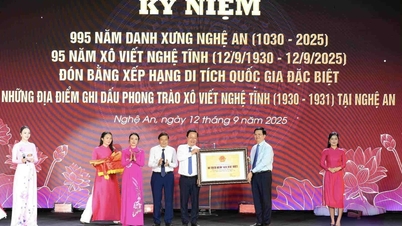




























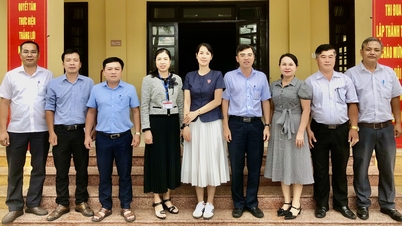

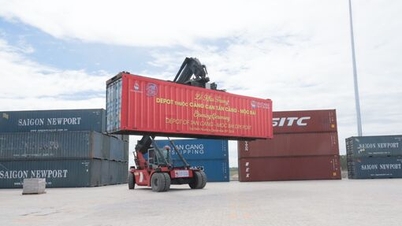
















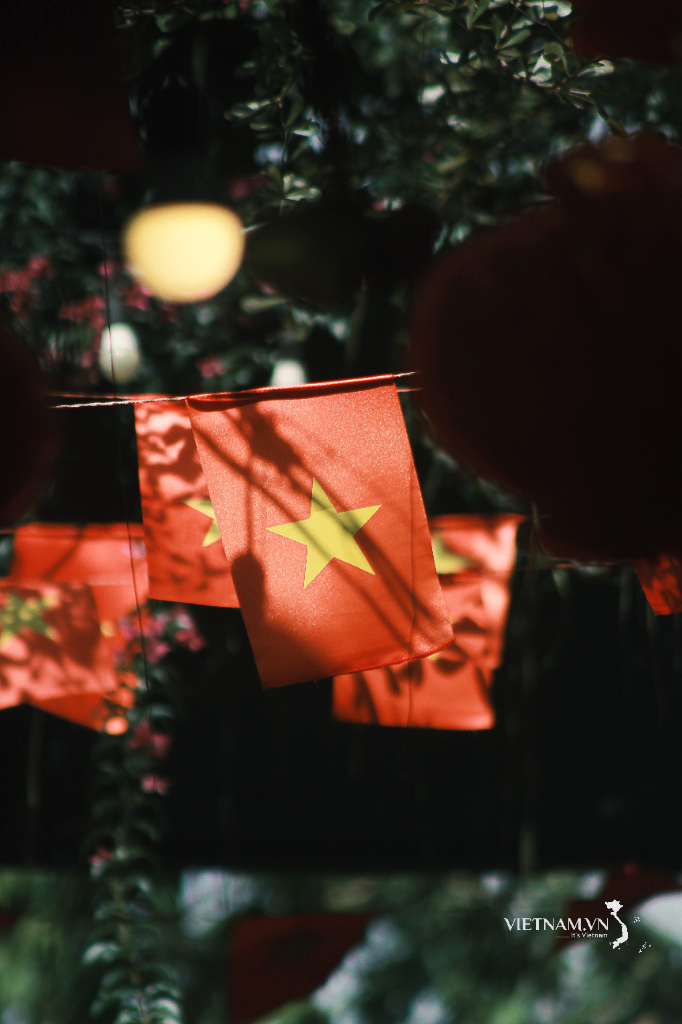


Comment (0)